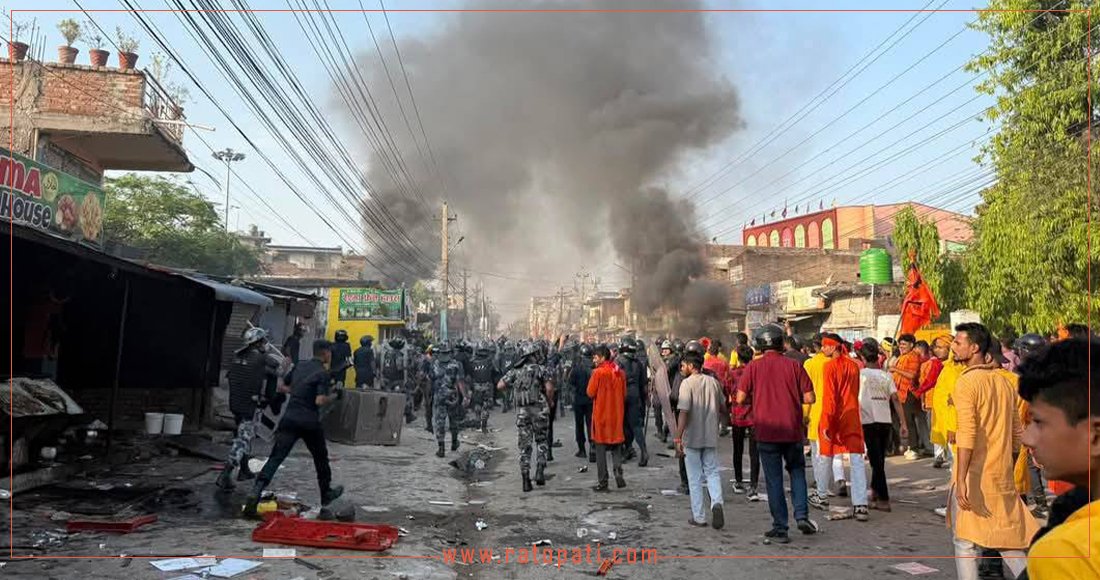Australia floods: Three states issue evacuation orders after heavy rain
Communities in three Australian states have been ordered to evacuate as torrential rain brings major flooding.

OCT 14: Parts of the country have received more than three times their average October rainfall in just 24 hours.
At least 500 homes have been flooded, one person has died and another is missing as the disaster unfolds.
Widespread flooding across Australia - driven by a La Niña weather pattern - has killed more than 20 people this year.
Victoria - Australia's second most populous state - has been worst hit this week. Several communities have been ordered to evacuate, including some in the state capital Melbourne.
Premier Daniel Andrews said the number of inundated homes was "absolutely certain to grow", calling it one of the state's worst flood events in decades.
"This has only just started, and it's going to be with us for a while," he told the Australian Broadcasting Corporation.
Floods have swamped roads, forced school closures and cut power to 3,000 houses and businesses.
More rain is forecast in the coming weeks, placing strain on already swollen rivers and saturated ground.
The town of Seymour north of Melbourne has received 155mm in 24 hours - three times its average October rainfall, or about a quarter of the average amount London receives in a year.
In Tasmania, several rivers have flooded after up to 400mm of rain fell in some areas in a day. It is unclear how many homes and business have been affected there.
In New South Wales, about 600 people were told to evacuate from the town of Forbes, where about 250 properties and business were expected to flood.
One man died in the state's west earlier this week after his car became submerged in floodwaters.
Rescuers have also been searching for a 63-year-old man thought to have been swept away in similar circumstances on Tuesday.
Experts say recent flooding in Australia has been worsened by climate change and a La Niña weather phenomenon. In Australia, a La Niña increases the likelihood of rain, cyclones and cooler daytime temperatures.









Leave Comment